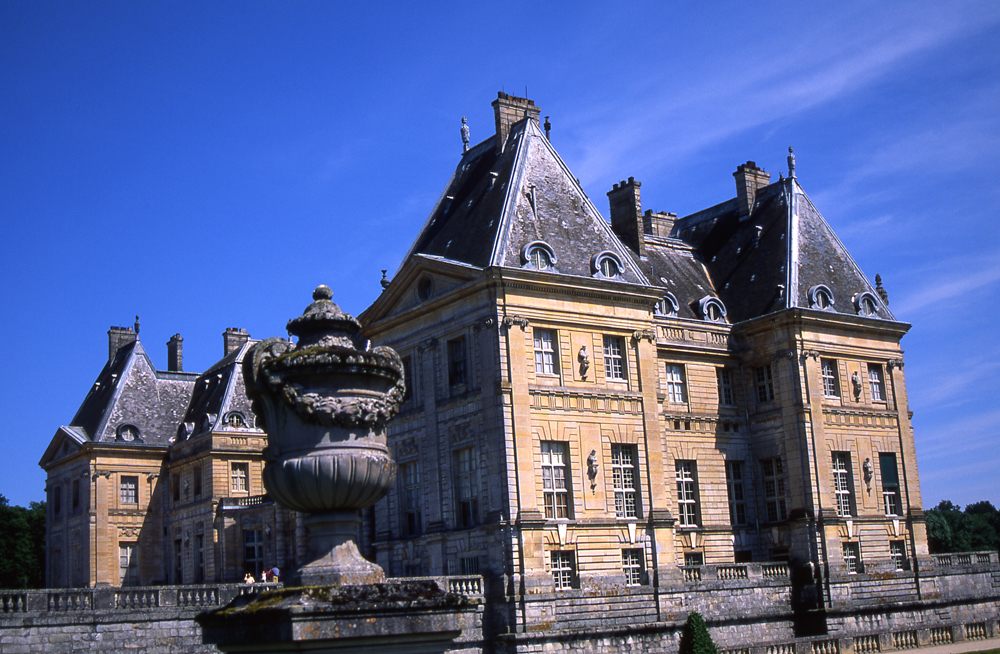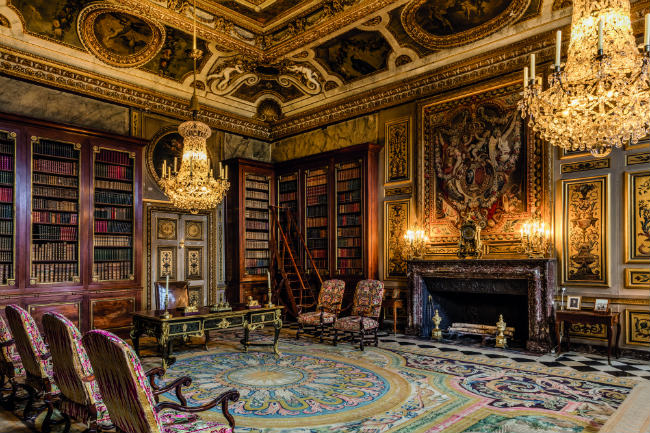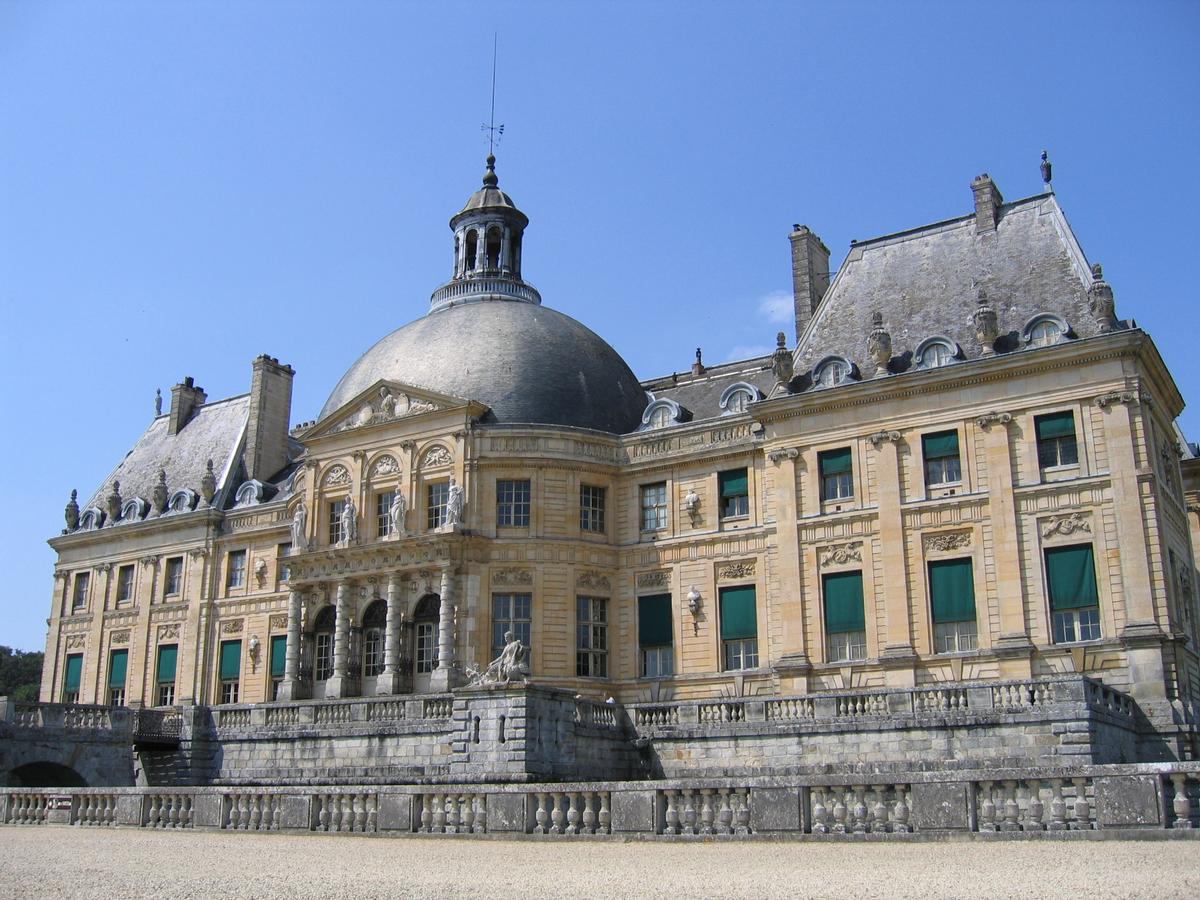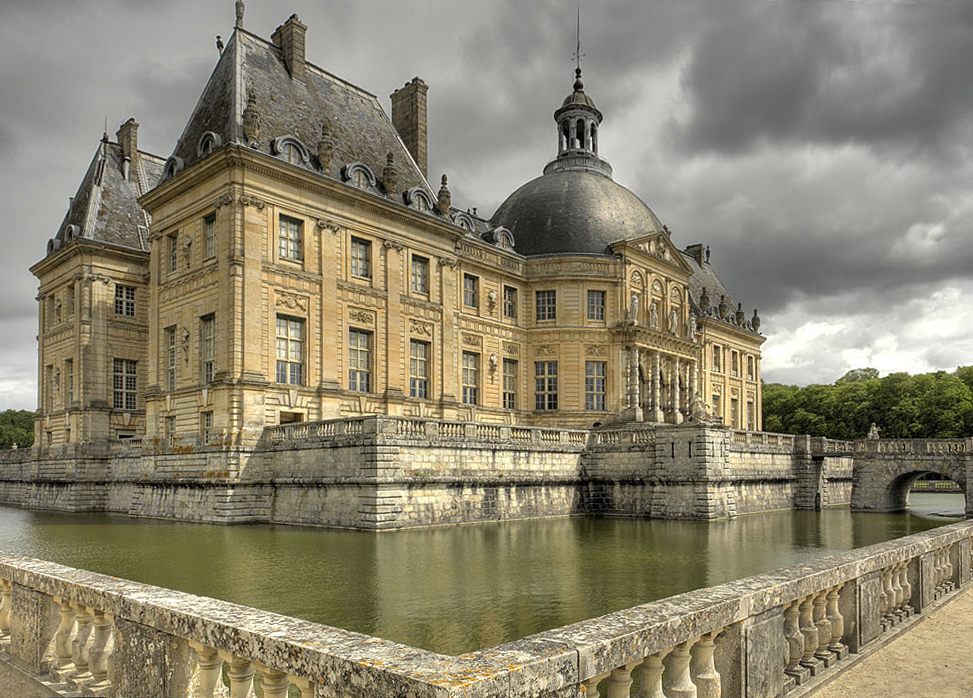The Château de Vaux-le-Vicomte, located just southeast of Paris near Melun, was built for Nicolas Fouquet, the superintendent of finances under King Louis XIV. Its stunning architecture and lavish design made it one of the most opulent estates in France. However, its grandeur would lead to Fouquet’s downfall. The château’s excessive luxury drew suspicion, and Fouquet was eventually accused of embezzling royal funds to finance the estate. This resulted in his arrest, and he spent the remainder of his life in prison.

Nicolas Fouquet enlisted the finest talents of his time to create Château de Vaux-le-Vicomte. He worked with architect Louis Le Vau, landscape architect André le Nôtre, and painter-decorator Charles Le Brun, who together established the iconic 17th-century French Baroque style. Their collaboration was so successful that they were later hired for the Château de Versailles.
Fouquet’s Downfall
When the château was completed in 1661, Fouquet hosted an extravagant banquet in honor of King Louis XIV, intending to impress him. However, this grand display backfired. The king’s adviser, Jean-Baptiste Colbert, manipulated the situation, suggesting that Fouquet had used public funds to outshine the monarch. As a result, Fouquet was arrested and sentenced to life in prison.

Though Fouquet’s fate was unfortunate, Château de Vaux-le-Vicomte stands today as a well-preserved masterpiece of 17th-century French Baroque architecture. It introduced several innovative design elements for its time, such as two rows of rooms on the ground floor, replacing the traditional single-row layout. Another groundbreaking feature was the inclusion of corridors in the basement and on the first floor, which allowed for private walkways to the rooms—an architectural novelty in grand estates of that era.

Opened To The Public
In 1875, French industrialist Alfred Sommier acquired Château de Vaux-le-Vicomte, restoring it as a private estate. For generations, it remained in the family until Sommier’s great-grandson, Patrice de Vogüé, opened the estate to the public in 1968. Today, Vogüé’s three sons continue to care for and preserve the château, ensuring that the legacy of this architectural marvel endures for future generations to admire.
-Guillaume-Crochez.jpg)





